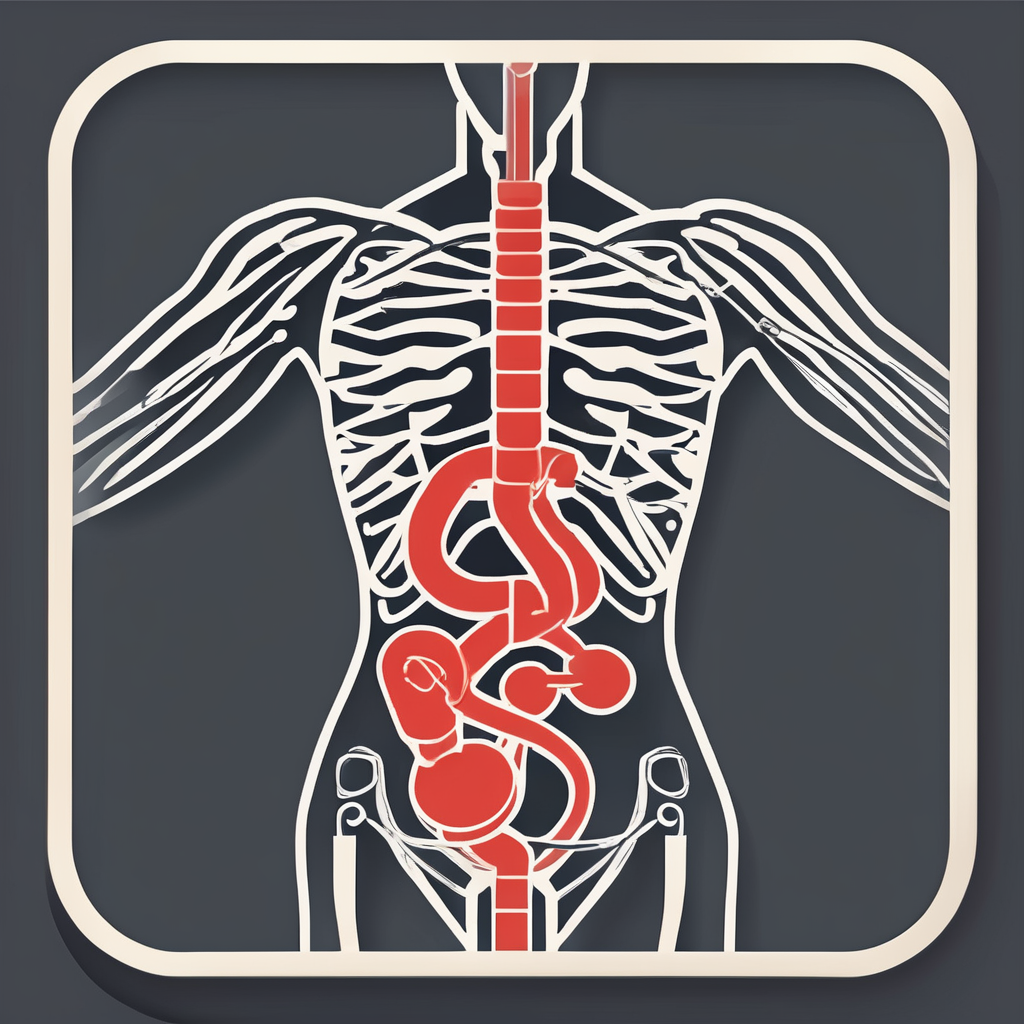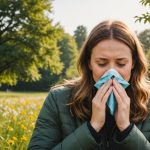In an age where global travel and urbanization have brought the world closer together, the spread of infectious diseases has become an increasingly pressing concern. The COVID-19 pandemic has underscored the need for effective prevention strategies to curb the transmission of infections and protect public health. As healthcare systems grapple with the twin challenges of treating individuals while controlling outbreaks, understanding best practices for preventing the spread of these diseases is crucial. In this article, we will explore strategies to control respiratory infections, the importance of personal care, and the role of public services in mitigating risk.
Effective Personal Hygiene Practices
Good personal hygiene isn’t just a matter of personal well-being; it’s a cornerstone in preventing the spread of infectious diseases. While society has always emphasized cleanliness, COVID-19 has propelled hygiene to the forefront of public awareness.
Also to discover : What role does gut health play in autoimmune diseases?
Handwashing remains one of the simplest yet most effective methods to control infection. Using soap and water for at least 20 seconds helps remove germs that could lead to infections. If soap and water aren’t available, an alcohol-based hand sanitizer can be a suitable substitute. However, it’s important to choose a sanitizer containing at least 60% alcohol to ensure effectiveness.
Beyond hand hygiene, other practices such as covering coughs and sneezes with a tissue or the elbow, and avoiding touching the face, particularly the eyes, nose, and mouth, play a significant role. This is especially relevant in the context of respiratory infections, where droplets can lead to transmission.
Also to read : What are the latest advancements in the treatment of rheumatoid arthritis?
Furthermore, maintaining personal items such as cutlery, toothbrushes, and towels can help minimize the risk of spreading germs within households. Regularly cleaning and disinfecting commonly touched surfaces, like doorknobs and mobile phones, is another critical practice.
Educating communities about these practices is vital. Public health campaigns and school programs can help disseminate this knowledge effectively, ensuring widespread adherence to these essential hygiene measures.
Social Distancing and Public Spaces
Social distancing has become a familiar term since the onset of COVID-19, but it remains an indispensable strategy in managing the spread of infectious diseases. The concept involves maintaining a physical distance from others to reduce the risk of transmission, especially in crowded or public spaces.
In practice, social distancing means more than just standing a few feet apart. It also involves limiting one’s presence in indoor or densely populated environments where the transmission of respiratory droplets is more likely. This can include avoiding crowded public transport, large gatherings, and poorly ventilated areas.
For businesses and public establishments, rethinking space layouts to enforce distancing, implementing staggered working hours, and encouraging remote work where possible are effective strategies. These measures not only help protect individuals but also contribute to the broader goal of reducing infection rates in the community.
Public health policies play a crucial role in guiding these practices. Governments and local authorities can ensure compliance by providing clear guidelines and resources. Social campaigns, public announcements, and leveraging digital platforms can help communicate these measures efficiently.
It’s imperative to balance social distancing with the need for human connection, recognizing the mental health implications of prolonged isolation. Communities can explore virtual gatherings and online platforms to maintain social bonds while prioritizing health and safety.
The Role of Healthcare and Public Services
Healthcare systems and public services are at the heart of efforts to prevent and manage the spread of infectious diseases. Their roles encompass not only treatment but also the prevention and education of communities about effective disease control measures.
Healthcare facilities must be equipped and prepared to handle outbreaks, with adequate resources, staff training, and up-to-date protocols for managing infections. This includes isolating infected individuals, ensuring proper use of personal protective equipment (PPE), and conducting regular screenings to identify and respond to potential threats swiftly.
Public health agencies also bear the responsibility of tracking and reporting disease outbreaks, implementing vaccination campaigns, and facilitating access to essential health services. Immunization remains a powerful tool in preventing the spread of diseases like influenza and measles, reducing the societal burden of these illnesses.
Public services extend to ensuring the safety and health of communities through clean water supply, proper waste disposal, and maintaining food safety standards. Ensuring access to basic needs underpins efforts to control infections.
Moreover, public communication channels play a critical role in disseminating accurate information, combating misinformation, and fostering trust among communities. This transparency and engagement are key to winning public cooperation and adherence to health guidelines.
Prevention Through Food Safety and Nutrition
While often overlooked, food safety is integral to preventing the spread of infectious diseases, particularly those transmitted through contaminated food and water. Practicing safe food handling, preparation, and storage can significantly reduce the risk of foodborne diseases.
It’s essential to wash fruits and vegetables thoroughly, cook meat to the recommended temperatures, and avoid cross-contamination by using separate cutting boards for raw meats and produce. Refrigerating perishable items promptly helps prevent bacterial growth, further reducing the risk of infection.
In addition to food safety, nutrition also plays a role in bolstering immune systems, enhancing the body’s natural defenses against disease. A balanced diet rich in vitamins, minerals, and antioxidants can support overall health and well-being.
Education and awareness are vital components of a successful food safety strategy. Community workshops, school programs, and online resources can help inform the public about best practices in food handling, preparing them to safeguard their households against potential infections.
Governments and public health organizations can aid these efforts by enforcing food safety regulations, conducting regular inspections, and providing resources to ensure compliance. By promoting a culture of food safety, communities can collectively reduce the risk of disease transmission and contribute to a healthier society.
The best practices for preventing the spread of infectious diseases are multifaceted, requiring individual responsibility, community involvement, and robust public services. As we navigate a world increasingly susceptible to infections, adopting effective hygiene practices, observing social distancing, and ensuring food safety are vital strategies to protect public health. Simultaneously, healthcare systems and public services must continue to lead efforts in managing disease outbreaks and promoting preventative measures.
Empowering communities with the knowledge and resources to implement these practices fosters a culture of prevention. Through collective action and informed decision-making, we can mitigate the risk of transmission, ensuring a healthier future for all.











